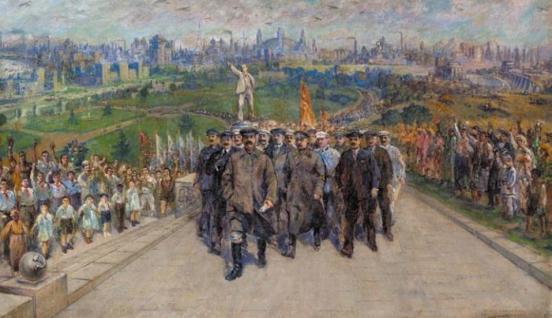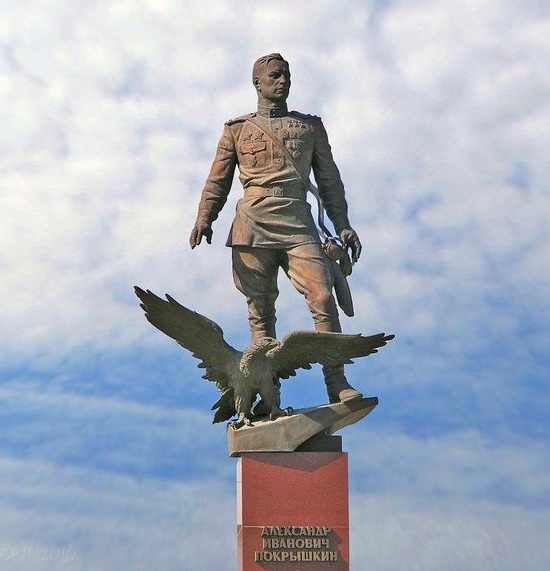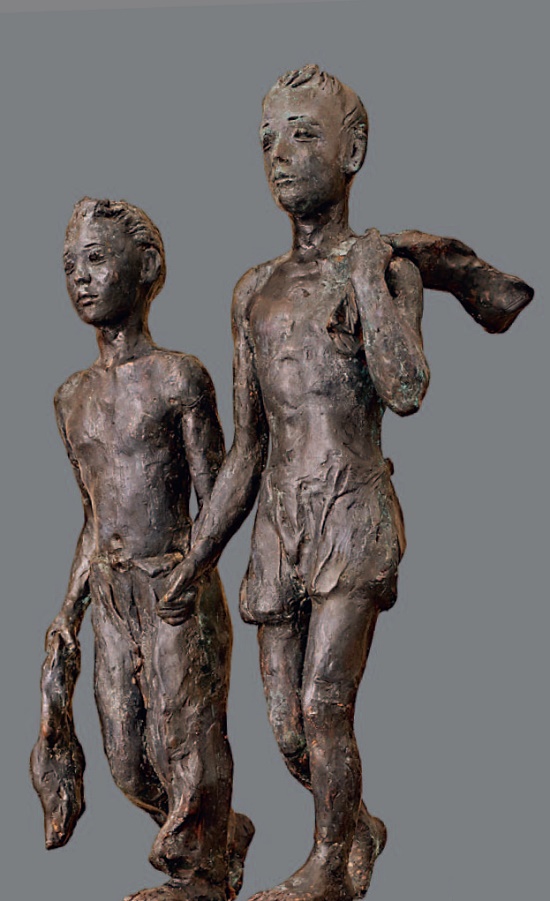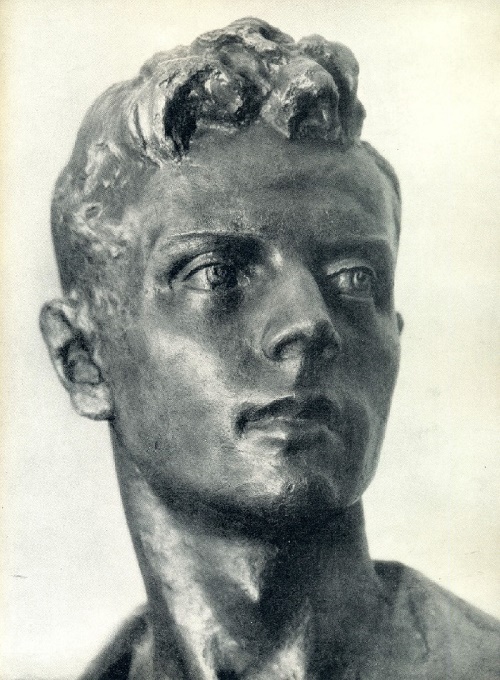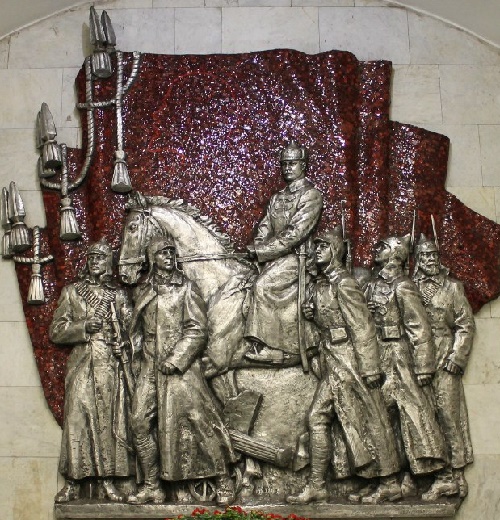Soviet Tuvan folk master Dongak Okaanchik 1896-1972
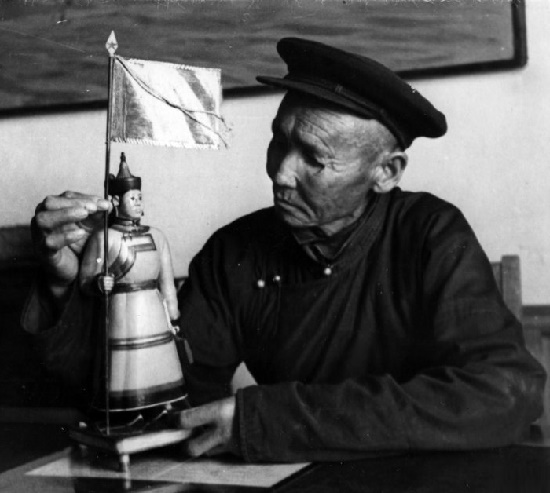
Red Army soldier figure. Work by Soviet Tuvan folk master Dongak Okaanchik 1896-1972. Photo – tuvaonline.ru
Soviet Tuvan folk master Dongak Okaanchik 1896-1972
One of the original Tuvan folk masters, the name of Dongak Okaanchik stands alongside such celebrated carvers and stone-cutters who glorified Tuva far beyond Russia, like Hertec Toybuhaa, Mongush Cherzy, Raisa Arakchaa, Kogel Saaya, and others.
Okaanchik lived a long life (1896-1972). Born in a country that was part of China, he saw the formation of the young state of the People’s Republic of China, and witnessed how a small republic became part of the vast country of the USSR. His works – a sculpture of small form of wood and traditional musical instruments – are well known to serious connoisseurs of applied art in Moscow, St. Petersburg, Novosibirsk, Krasnoyarsk and other large cities of Russia. And one of the works of the Tuvan master, “Devig” is in the Kunstkammer in St. Petersburg.
In fact, in the 1960s, during the heyday of culture in the Tuva ASSR, his works repeatedly participated at major all-Union exhibitions of Soviet Art in Moscow and Leningrad. At present, the largest collection of works by the master Okaanchik is in the funds of National museum of Tuva.
More »
